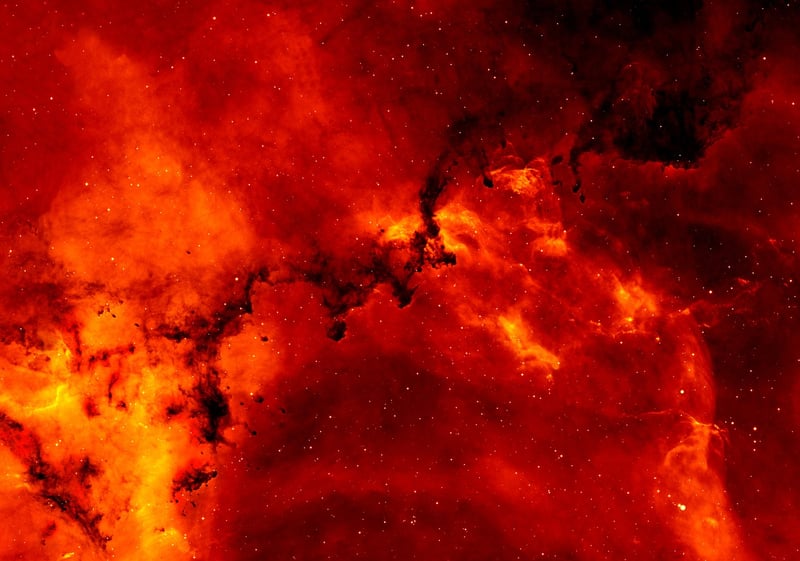Nebula Observations
Unveiling Cosmic Mysteries: Nebula Observations
Welcome to the fascinating world of nebula observations! Nebulae are vast clouds of dust, hydrogen, helium, and other ionized gases scattered throughout the cosmos. These stunning formations provide a glimpse into the birth and death of stars, offering valuable insights into the mysteries of our universe.
Types of Nebulae
There are several types of nebulae, including:
- HII Regions: These are areas of ionized hydrogen gas where new stars are born.
- Planetary Nebulae: The remnants of dying stars that have shed their outer layers.
- Reflection Nebulae: Dust clouds that simply reflect the light of nearby stars.
- Dark Nebulae: Dense clouds of dust that obscure the light from objects behind them.
Nebula Observations
Observing nebulae can be done using various tools, from backyard telescopes to advanced space observatories. Amateur astronomers can enjoy viewing colorful nebulae such as the Orion Nebula or the Lagoon Nebula with relatively modest equipment. Professional observatories like the Hubble Space Telescope capture breathtaking images of nebulae, providing valuable data for scientific research.
Key Observational Techniques:
- Imaging: Capturing detailed photographs of nebulae to study their structure and composition.
- Spectroscopy: Analyzing the light emitted by nebulae to determine their chemical makeup and physical properties.
- Polarimetry: Studying the polarization of light from nebulae to understand their magnetic fields and structure.
Exploring the Universe
By studying nebulae, scientists can unravel the complex processes that shape our universe. From the formation of new stars in stellar nurseries to the recycling of material through supernova explosions, nebula observations play a crucial role in advancing our understanding of cosmic phenomena.
So next time you gaze up at the night sky, remember that each shimmering nebula tells a unique story about the vast and mysterious cosmos we call home.

Image Source: Pixabay
